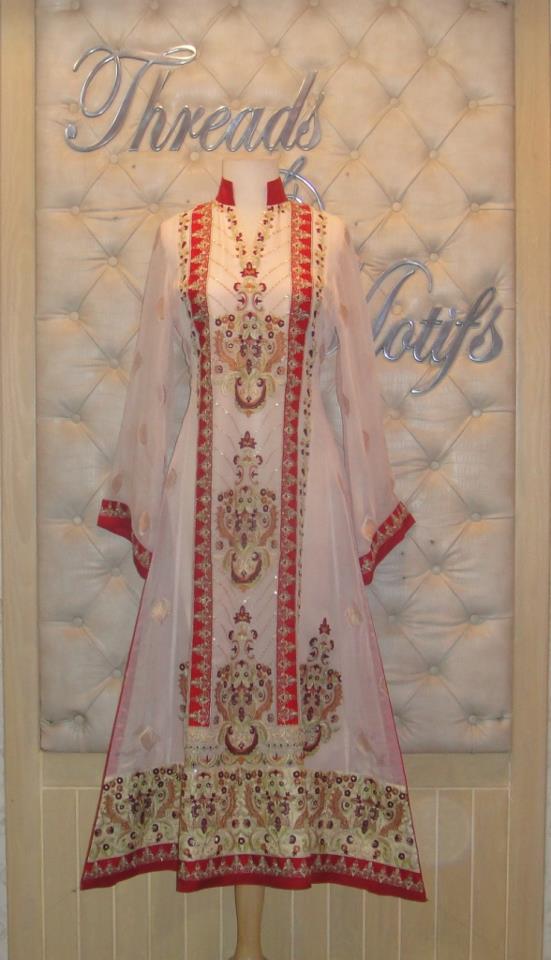Threads and motifs are integral elements in the world of textiles and design, playing a crucial role in the aesthetics and functionality of various fabrics. In this article, we will delve into the fascinating world of threads and motifs, exploring their history, significance, and the various techniques used to create stunning textile designs. From traditional craftsmanship to contemporary innovations, understanding these elements can greatly enhance one's appreciation for fabric artistry.
As we navigate through the intricate relationship between threads and motifs, we will uncover how these components are used in various cultures and settings, revealing their impact on fashion, interior design, and art. This exploration will provide valuable insights into the practical applications of threads and motifs, whether in everyday clothing or exquisite artworks.
Join us on this journey as we unravel the complexities of threads and motifs, highlighting their importance in the textile industry and offering tips for integrating them into your personal style or design projects.
Table of Contents
- 1. The Historical Significance of Threads and Motifs
- 2. Types of Threads Used in Textile Design
- 3. Exploring Different Motifs in Textiles
- 4. Techniques for Creating Threads and Motifs
- 5. Cultural Impact of Threads and Motifs
- 6. Modern Applications in Fashion and Home Decor
- 7. Tips for Choosing Threads and Motifs
- 8. Conclusion and Future Trends
1. The Historical Significance of Threads and Motifs
The use of threads and motifs can be traced back thousands of years, with evidence of intricate textile designs found in ancient civilizations such as Egypt, China, and Peru. These early examples illustrate how threads were utilized not only for practical purposes but also as a form of artistic expression.
Traditionally, different cultures used specific threads and motifs to convey messages, signify status, or celebrate important events. For instance, the intricate patterns found in Persian carpets often tell stories of the region's history and culture.
This section will explore the evolution of threads and motifs through different eras, examining their significance in various historical contexts.
2. Types of Threads Used in Textile Design
Threads can be categorized based on their material, thickness, and purpose. Understanding these categories is essential for anyone interested in textile design.
Natural Threads
- Cotton: Soft, breathable, and versatile, ideal for everyday fabrics.
- Silk: Luxurious and smooth, often used in formal wear and high-end textiles.
- Wool: Warm and durable, commonly used for winter clothing.
Synthetic Threads
- Polyester: Strong and resistant to shrinkage, widely used in various applications.
- Nylon: Known for its strength and elasticity, often used in activewear.
Choosing the right type of thread is crucial for achieving the desired outcome in any textile project.
3. Exploring Different Motifs in Textiles
Motifs are patterns or designs that can be repetitive or unique. They play a significant role in defining the style of a fabric. This section will delve into various motifs commonly used in textile design.
Geometric Motifs
Geometric patterns consist of shapes such as triangles, squares, and circles. These motifs are often associated with modern and minimalist design aesthetics.
Floral Motifs
Floral patterns are timeless and can evoke feelings of beauty and elegance. They are commonly used in home decor and fashion.
Ethnic Motifs
Many cultures have distinct motifs that reflect their heritage and traditions. These designs often tell stories and symbolize cultural values.
4. Techniques for Creating Threads and Motifs
Creating threads and motifs involves various techniques that can enhance the beauty and functionality of textiles.
Weaving
Weaving is a fundamental technique that intertwines threads to create fabric. Different weaving patterns can produce unique textures and designs.
Embroidery
Embroidery adds depth and character to textiles by stitching decorative patterns onto the fabric. This technique is often used to personalize items.
Printing
Digital and screen printing allow for the mass production of intricate motifs on fabrics, making it easier to create customized designs.
5. Cultural Impact of Threads and Motifs
Threads and motifs are not only aesthetic choices but also carry cultural significance. This section will explore how different cultures utilize threads and motifs in their textiles.
For example, the vibrant colors and patterns of African textiles often reflect the region's rich history and social values. Similarly, Japanese textiles frequently incorporate motifs that symbolize nature and harmony.
6. Modern Applications in Fashion and Home Decor
Today, threads and motifs are widely used in both fashion and interior design. This section will highlight their current applications.
Fashion designers often draw inspiration from traditional motifs while incorporating modern trends, creating unique collections that resonate with consumers. In home decor, textiles with distinct motifs can transform a space, adding personality and style.
7. Tips for Choosing Threads and Motifs
When selecting threads and motifs for your projects, consider the following tips:
- Match the thread material with the fabric type for optimal results.
- Choose motifs that resonate with the intended message or theme.
- Experiment with combinations of different threads and motifs for a unique look.
8. Conclusion and Future Trends
In conclusion, threads and motifs are vital components of textile design, influencing both aesthetics and functionality. As we move towards a more sustainable and innovative future, the textile industry is likely to see new trends emerging in the use of threads and motifs.
We encourage you to explore the world of threads and motifs further, whether through crafting, fashion, or home decor. Share your thoughts in the comments below and let us know about your experiences with textile design!
Thank you for taking the time to read this comprehensive guide on threads and motifs. We hope you found it informative and inspiring. Be sure to check back for more engaging content and insights into the fascinating world of textiles!
Article Recommendations
- Low Taper Fade
- Travis Kelce Place Of Birth
- Exploring The Lives And Achievements Of Phil Robertsons Children A Deep Dive Into The Duck Dynasty Legacy


